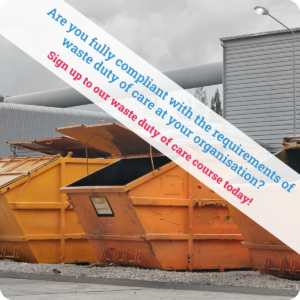The idea that the 3rd Monday in January is the most depressing day of the year in the UK is actually a myth coined by the travel industry to sell holidays. However, the new year will be a challenging time for many people following the festive period and continued increased cost-of living. Recent statistics confirmed that cases of stress, depression and anxiety have continued to rise as the leading cause of work-related ill health. Whilst ‘Blue Monday’ might be a marketing myth, it’s important that employers remember they have a moral and legal duty to protect their employees from work-related mental ill health.
The Health and Safety Executive recently released their updated 2023 statistics for Great Britain and unsurprisingly mental ill health remains the leading cause of work-related ill health. Stress, depression and anxiety accounted for 49% of cases of new and long-standing cases of work-related ill health in the previous year, with double the incidence rate of work-related musculoskeletal orders.
The rate of self-reported work-related stress, depression or anxiety has increased significantly over the past 3 decades, with a higher current rate than the 2018/19 pre-coronavirus level. Industries with higher-than-average rates include human health and social work, public administration and defence and education.
A traditional approach in organisations has been that mental health and wellbeing are the responsibility of the human resources department, but the reality is that health and safety professionals can, and should, play a significant role in supporting this. The Health and Safety at Work etc. Act 1974 requires that organisations protect workers and others from harm and this specifically includes a person’s mental condition, as well as physical condition.
It’s estimated 1 in 4 people will experience a mental health problem each year, so the start of a new year is as good a time as any to review how your organisation is managing psychological hazards and promoting positive mental health.
If work-related stress is a foreseeable hazard in your workplace then the organisation must suitably and sufficiently assess and control the risk this poses to fulfil their duty under The Management of Health and Safety at Work Regulations 1999.
The HSE has produced specific guidance on work-related stress and how to manage this, known as the Management Standards, which include:
- Demands – such as workload, work patterns and the work environment.
- Control – how much say a worker has in the way they work.
- Support – resources and support available from their employer, manager and colleagues.
- Relationships – promoting positive working connections and avoiding conflict.
- Role – ensuring workers understand and are able to fulfil their duties.
- Change – how the employer manages and communicates organisational change.
All of the HSE’s resources, including a copy of their Management Standards and guidance on how to complete stress risk assessments can be found online at https://www.hse.gov.uk/stress/index.htm.
The Chartered Institute of Personnel and Development (CIPD) also provides a wide range of resources looking at how organisations can support employees’ mental health at https://www.cipd.org/uk/knowledge/factsheets/mental-health-factsheet/.
The 1st of February is Time to Talk day run by Mind and wider charities across the UK and promotes communities and organisations having supportive conversations on mental health. More information and free download packs can be found at https://timetotalkday.co.uk/about/.

